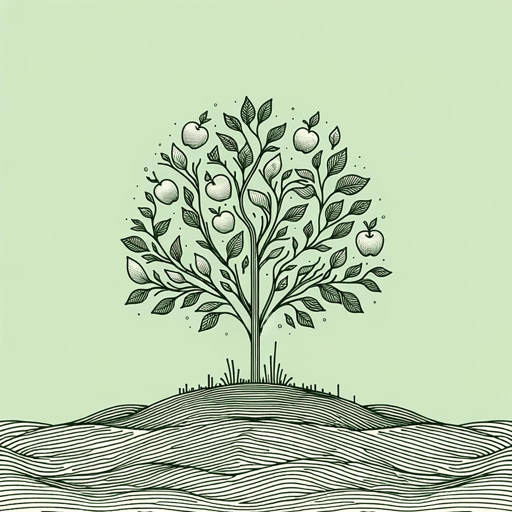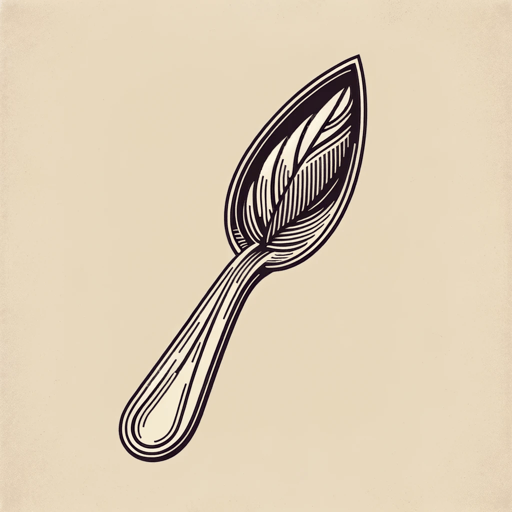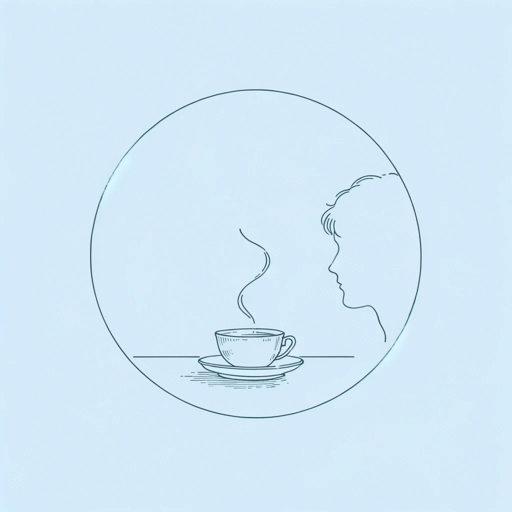20 pages • 40 minutes read
T. S. EliotPortrait of a Lady
Fiction | Poem | Adult | Published in 1915A modern alternative to SparkNotes and CliffsNotes, SuperSummary offers high-quality Study Guides with detailed chapter summaries and analysis of major themes, characters, and more.
Symbols & Motifs
Drinking Tea as a Social Ritual
The drinking of tea is a recurring motif, mentioned in all three parts of the poem. The tradition of afternoon tea may be more associated with England, but it was also a standard part of the social day in early 20th-century American culture, especially in wealthy households whose residents’ did not work for a living. Formal teas, often in the home, were hosted by society ladies and mainly attended by other women. This is what the lady in the poem does; she refers to “serving tea to friends” (Line 68) and implies that is a long-standing ritual of her homosocial relationships. The fact that she serves the young man tea and that she couches what she wants from him in the euphemism “friendship” (Line 26) purposefully blurs the boundaries between the different kinds of connections she can form. The afternoon tea ritual may also reveal a class element in the poem. The lady is likely richer and better established than the young man; possibly, one of the many reasons he feels uncomfortable is that he comes from a lower class or is simply much lower on the social ladder. It is notable that when he imagines escaping from her, he pictures reading stories from the popular press, as well as “the comics and the sporting page” (Line 72)—a far cry, no doubt, from the type of reading favored by the lady.
Related Titles
By T. S. Eliot

Ash Wednesday
T. S. Eliot

Four Quartets
T. S. Eliot

Journey of the Magi
T. S. Eliot

Little Gidding
T. S. Eliot

Mr. Mistoffelees
T. S. Eliot

Murder in the Cathedral
T. S. Eliot

Rhapsody On A Windy Night
T. S. Eliot

The Cocktail Party
T. S. Eliot

The Hollow Men
T. S. Eliot

The Love Song of J. Alfred Prufrock
T. S. Eliot

The Song of the Jellicles
T. S. Eliot

The Waste Land
T. S. Eliot

Tradition and the Individual Talent
T. S. Eliot
Featured Collections
American Literature
View Collection
British Literature
View Collection
Coming-of-Age Journeys
View Collection
Guilt
View Collection
Modernism
View Collection
Modernist Poetry
View Collection
Music
View Collection
Nobel Laureates in Literature
View Collection
Truth & Lies
View Collection

